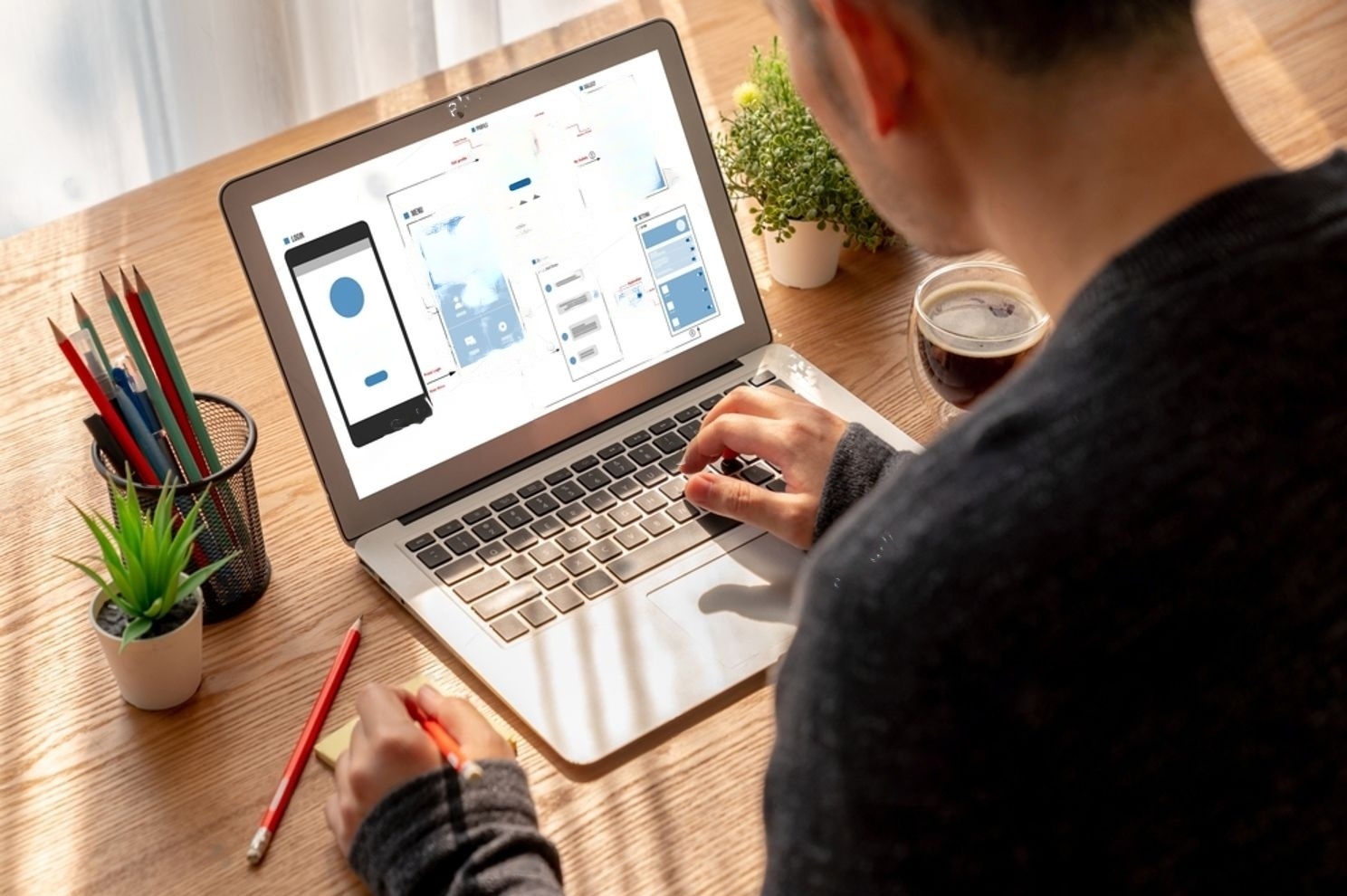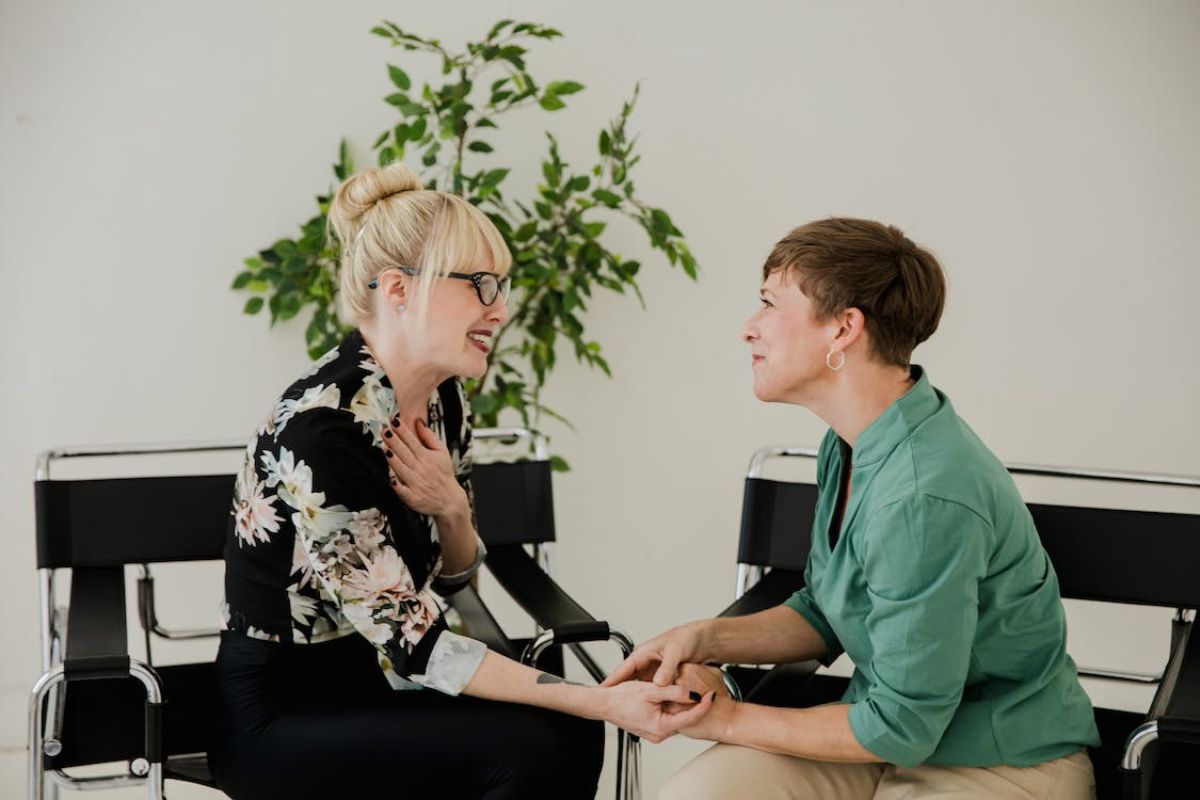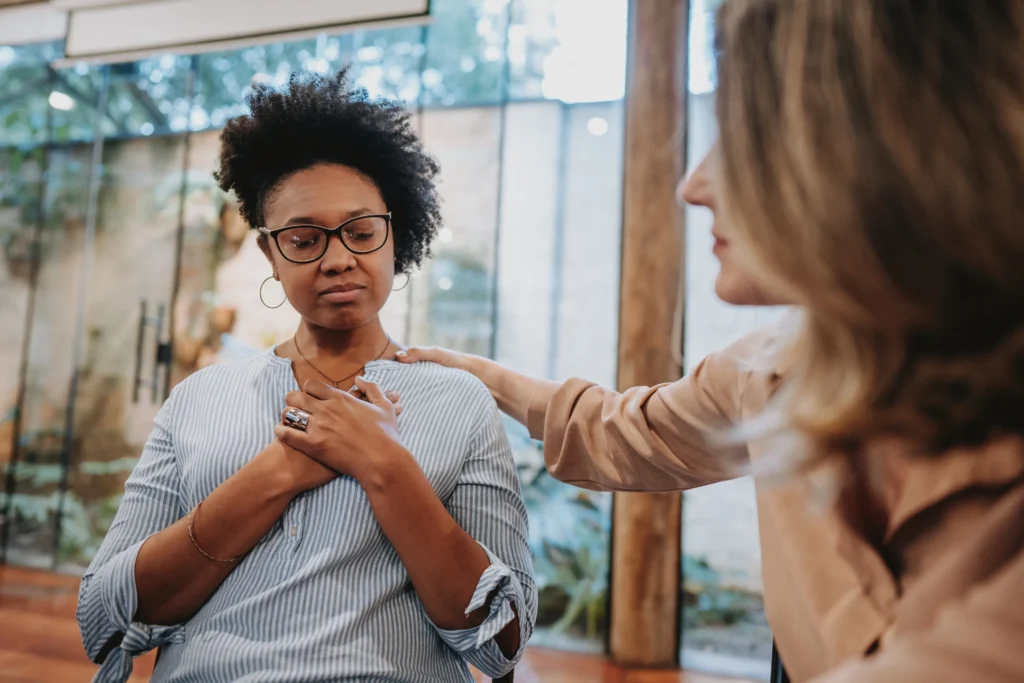In today’s fast-paced digital landscape, user experience (UX) design plays a pivotal role in shaping how people interact with websites, apps, and digital products. It’s a field that continuously evolves, and staying ahead requires more than just theoretical knowledge. Practical experience is key. In this blog post, we’ll explore the significance of participating in a UX Design work experience program and how it can boost your career in this dynamic field.
I. Understanding UX Design:
UX Design is all about crafting digital experiences that are user-friendly, efficient, and enjoyable. It involves a deep understanding of user needs, behaviors, and expectations. Successful UX Design ensures that users can navigate a digital product effortlessly, leading to increased customer satisfaction and loyalty.
II. The Benefits of a UX Design Work Experience Program:
Participating in a UX Design work experience program offers numerous advantages:
Skill Development: Gain hands-on experience in user research, wireframing, prototyping, and usability testing.
Real-world Projects: Work on real projects, not just hypothetical scenarios, which helps you apply your knowledge.
Networking: Build connections with experienced UX professionals and potential employers.
Portfolio Enhancement: Showcase your work in your portfolio, making you more attractive to future employers or clients.
Career Opportunities: Many employers prefer candidates with practical experience, making you more competitive in the job market.
III. Types of UX Design Work Experience Programs:
You can choose from various types of work experience programs:
Internships: Typically offered by companies, internships provide structured learning experiences.
Apprenticeships: Longer-term programs that often lead to permanent positions.
Freelance Projects: Freelancing allows you to gain experience while working on a variety of projects.
IV. How to Find and Apply for UX Design Work Experience Programs:
To find work experience opportunities:
Check job boards like LinkedIn, Indeed, or Glassdoor.
Visit company websites for career pages.
Attend networking events, such as UX conferences or meetups.
When applying, tailor your resume and cover letter to highlight relevant skills and express your passion for UX Design.
V. What to Expect During a UX Design Work Experience Program:
During your program, you’ll likely:
Conduct user research to understand target audiences.
Create wireframes and prototypes to visualize design concepts.
Participate in usability testing to gather feedback for improvements.
Collaborate with multidisciplinary teams, including developers and product managers.
Iterate on designs based on user feedback and data analysis.
VI. Success Stories:
Let’s look at a couple of success stories:
Jane, who started as a UX Design intern, now leads the design team at a well-known tech company.
Mark, after completing an apprenticeship, co-founded a successful UX design consultancy.
These examples show how work experience programs can be stepping stones to rewarding careers.
VII. Tips for Making the Most of Your UX Design Work Experience:
Seek mentorship from experienced designers.
Ask questions and actively participate in discussions.
Network with colleagues and attend industry events.
Continue learning through online courses and books.
Document your work and create case studies for your portfolio.
Takeaway
In conclusion, a UX Design work experience program is not just a line on your resume; it’s an investment in your future. It provides you with the practical skills and knowledge needed to excel in the ever-evolving field of UX Design. Whether you’re just starting your career or looking to make a career shift, consider the invaluable experience a work program can offer.











